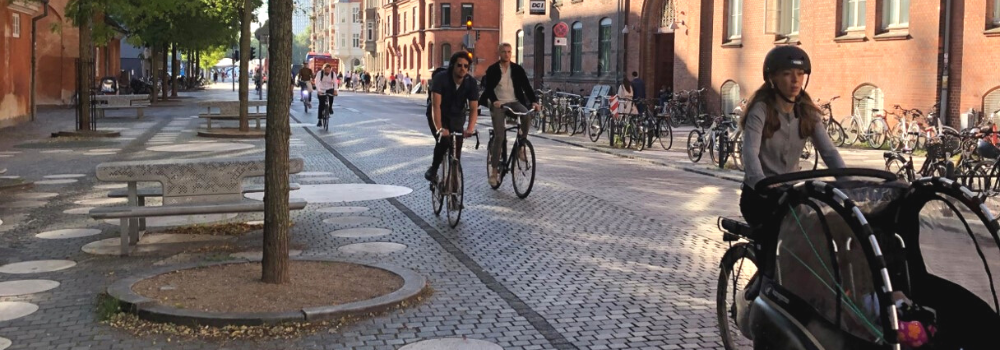How do cities collect data on walking and cycling? What do they do with that data? And what are the possibilities for the future? We explored and documented this in the Green Paper "Walking and Cycling Data: Practice, Challenges, Needs, and Gaps." We give a brief summary here, and you can download the complete document at the bottom of this page.
This year, in collaboration with the mobility department of the City of Ghent, we participated in a steering group with the aim of writing a Green Paper for the European Commission on walking and cycling data. It is a document that aims to inform policymakers, stimulate discussion on this topic and elevate its position on the agenda. We wrote the paper in collaboration with the international research firm Ramboll and various partners from the Netherlands, Norway, Sweden, Finland, and Denmark.
We investigated the walking and cycling data that cities collect and the challenges they face. We explored how this data can best be used. Furthermore, we inquired about data that is not currently collected but could be interesting. All this information was gathered by means of questionnaires and in-depth interviews with various European and non-European cities, data-source mapping and benchmarking, and interviews with walking and cycling experts.
